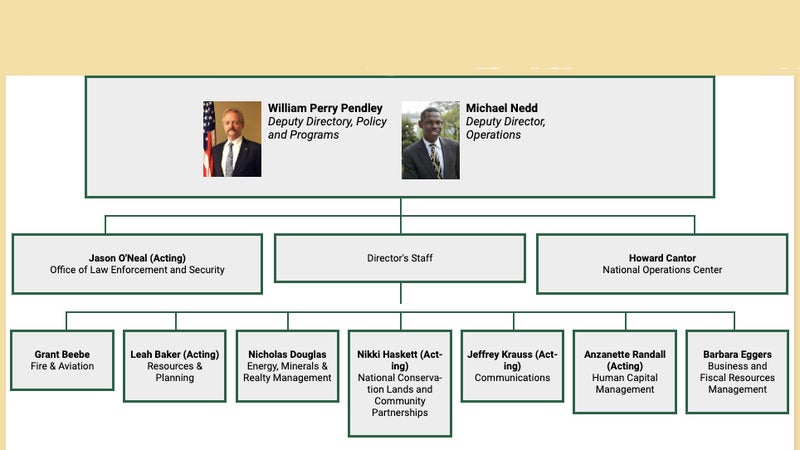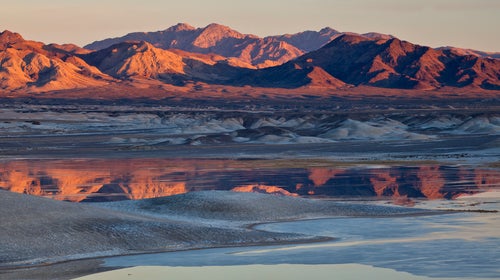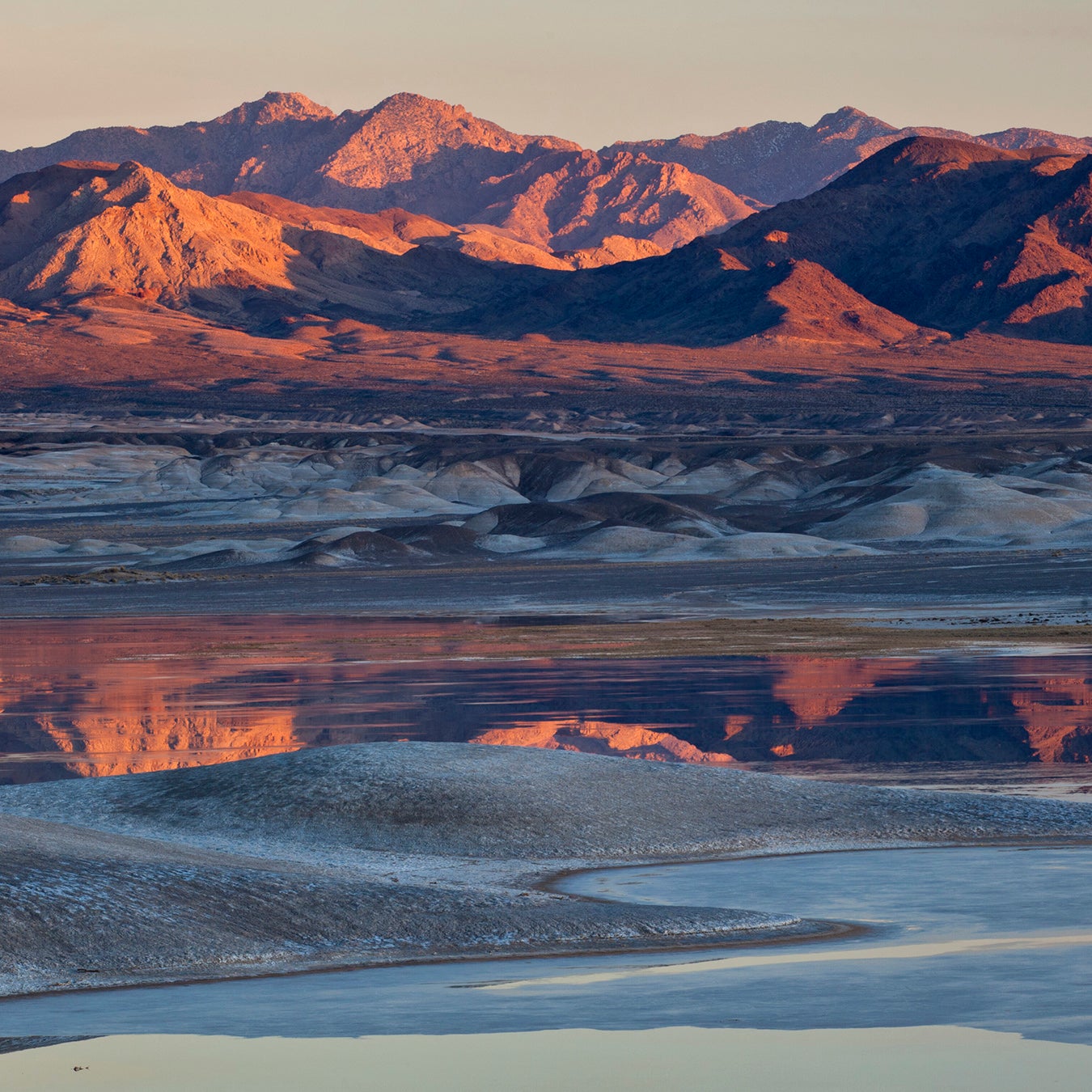Update: On July 29, Interior Secretary David Bernhardt reportedly signed an order appointing Pendley acting director of the BLM.
Running federal agencies without a formal command structure has become something of a hallmark of the Trump administration. Doing so seems intended to circumvent congressional oversight and to hide decision-making processes from the public. It also tends to allow an unprecedented amount of industry influence over public policy. That could be a particular problem at the Bureau of Land Management, as the result may be the removal of “public” from public lands.
The BLM manages its lands under the principle of multiple use. This balances the needs of extraction and agriculture industries with those of conservationists and recreationists, allowing all of those groups to coexist in an arrangement that protects our natural resources for the benefit of future generations. This mandate works for everyone involved, and, combined with the rest of America’s public lands, creates a system that generates hundreds of billions of dollars in economic output, effectively paying for itself, while balancing the needs of all users.
But William Perry Pendley, who may currently be running the BLM, has long argued against not only that principle of multiple use; he’s also stated that he wants to remove public interest from management decisions and has argued that all federal land should be sold to private interests.

Sometime in the last two weeks, Pendley ascended to the top of the BLM’s org chart, where he now bears the title of deputy director of Policy and Programs. Until last year, Pendley ran a law firm in Colorado called the Mountain States Legal Foundation, which advocates for the transfer of federal lands to states. Land transfer, as the movement is known, argues that states should take control of public lands within their borders.
It’s a concept that on its surface sounds like a common sense local-management arrangement that would work in benefit of the people who live near these places. In actuality, it’s often a front intended to conceal mechanisms that would force the sale of the land after its transfer to the states, while removing public input from its management. “The Founding Fathers intended all lands owned by the federal government to be sold,” Pendley wrote in an opinion piece for The National Review in 2016.
“The fox is in the hen house,” says Land Tawney, the President and CEO of Backcountry Hunters and Anglers, an advocacy group for public lands. “In no shape or form should someone who wants to dismantle our public lands system be appointed as the lead of the nation’s largest public land management agency.”
There are mechanisms in place to keep someone like Pendley from being handed the reins to the largest land management agency in the country. The head of the BLM is supposed to be nominated by the President, confirmed by the Senate, and accountable to the public. But that agency has gone without an official director since Trump took office. Pendley had ascended to the current top of the BLM, a position he shares with Michael Nedd, another deputy director. This happened after a temporary order from Secretary of the Interior David Bernhardt expired, leaving the position of acting director empty.
This surreptitious shift in management comes at the same time that the BLM has begun plans to move its offices and staff from Washington D.C. to Grand Junction, Colorado. The move is being billed as an attempt to move the agency closer to the lands it manages. But it’s decried by others as an attempt to move day-to-day decision making at the agency away from federal oversight. “If I wanted to dismantle an agency, this would be my playbook,” former BLM Deputy Director Steve Ellis told The Washington Post.
These moves also appear to be timed with Congress’s August recess, preventing lawmakers from keeping pace. Raul Grijalva, the Democratic head of the House Natural Resources Committee, plans to hold hearings on the BLM’s relocation once Congress returns in September.
“Putting BLM headquarters down the road from Secretary Bernhardt’s home town just makes it easier for special interests to walk in the door demanding favors without congressional oversight or accountability,” Grijalva says. “The BLM officials based in Washington are here to work directly with Congress and their federal colleagues, and that function is going to take a permanent hit if this move goes forward. The agency will lose a lot of good people because of this move, and I suspect that’s the administration’s real goal here.”


